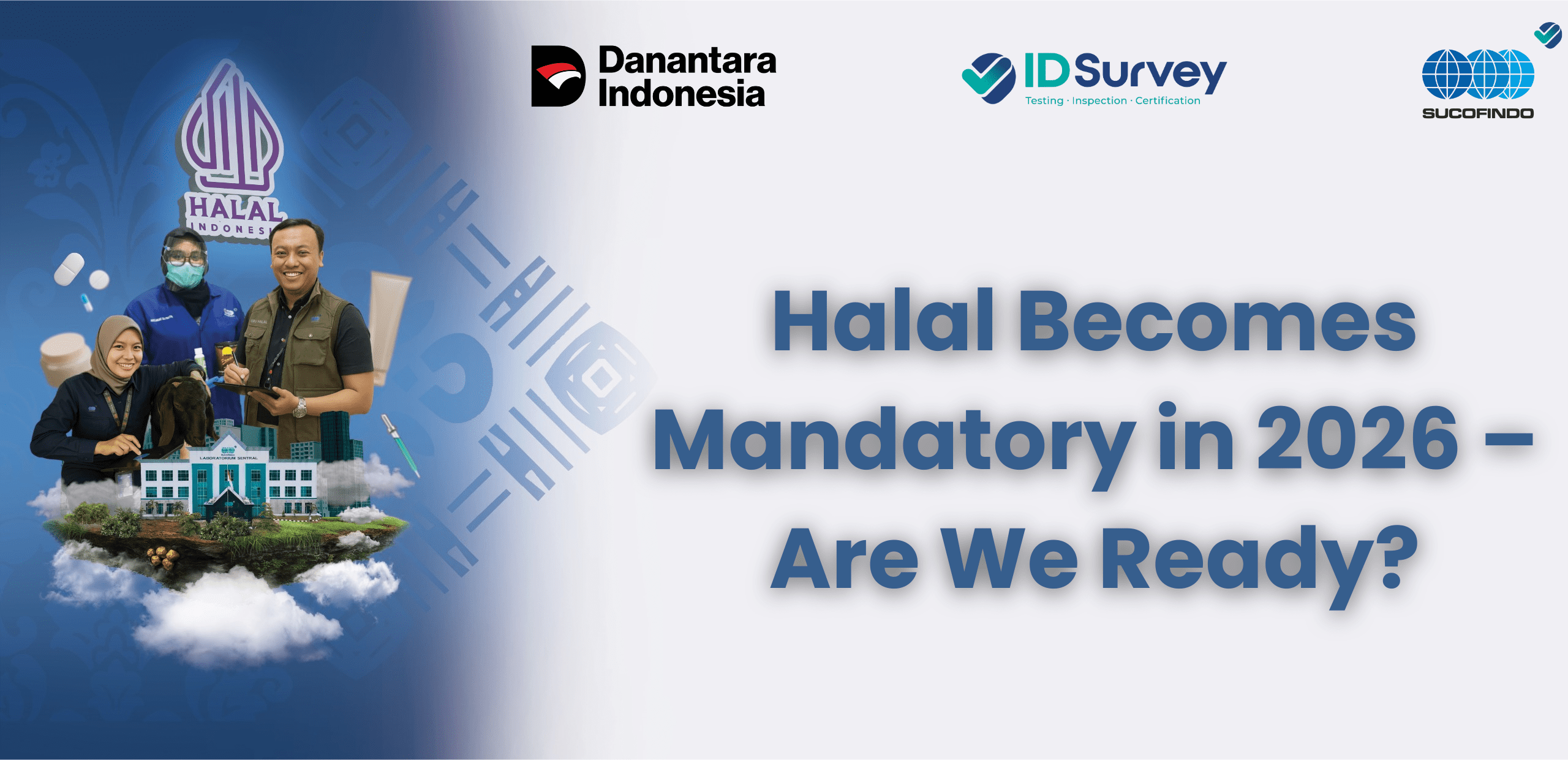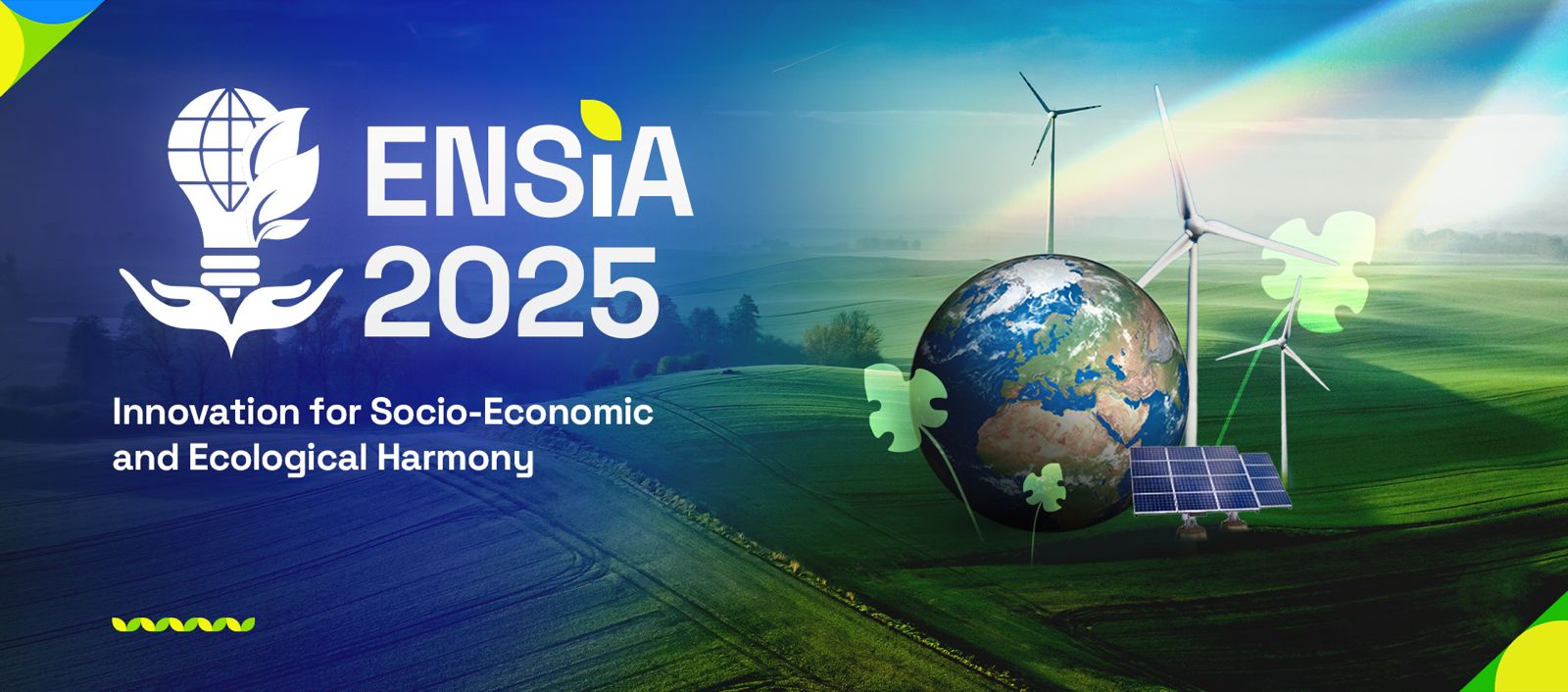Phytoremediation: Natural Solution to Environmental Pollution
Phytoremediation (phytoremediation) is widely used to solve environmental pollution problems, mainly due to heavy metals. This system uses plants and microorganisms to deal with these problems.
You need to listen to the entire explanation to understand more about this. Starting from the principles to the work of phytoremediation.
What is Phytoremediation?
Phytoremediation is a method or technique that uses plants, microorganisms, and other biological processes to clean, degrade, or reduce pollutants in a polluted environment.
The main aim of this technique is to restore the quality of an environment that has been contaminated due to pollution by dangerous substances such as heavy metals, organic compounds, pesticides, and other chemicals.
Processphytoremediation involves the use of plants that have the natural ability to absorb, bind, convert, or destroy pollutants in the environment.
The plants used in this technique are referred to as “absorbent plants” or “hyperaccumulator plants,” which have a high tolerance for pollutants and can accumulate pollutants in their tissues.
Principles of Phytoremediation
The basic principle of this technology is to restore soil that has been contaminated, then repair sludge, groundwater, and sediment through several processes called removal, degradation, or stabilization of a contaminant.
Then, in its application, it can be grouped into several processes. These include the processes of degradation, extraction, stabilization, and a combination of these three methods.
How Phytoremediation Works?
Phytoremediation involves interactions between plants, microorganisms, and the environment to clean or reduce pollutants in a polluted environment. Processphytoremediation involves several main mechanisms that work synergistically as follows:
1. Phytostabilization
This process involves the use of plants to stabilize pollutants in the soil. Plants tolerant to pollutants, such as heavy metals, absorb pollutants through their roots.
Pollutants are then contained in plant roots and tissues, preventing further movement into the environment. This helps prevent soil and groundwater pollution.
2. Phytodegradase
This process involves using plants and living microorganisms around plant roots to degrade pollutants into less harmful or non-toxic forms.
These plants and microorganisms use pollutants as a food or energy source for their growth and development. Biochemical processes in plant roots and tissues help break down or convert pollutants into safer compounds.
3. Transformation
Some plants can evaporate pollutants into the atmosphere through transpiration and evaporation processes.
Plant roots absorb pollutants from the soil and transport them to the upper parts of the plant, such as the leaves. The pollutants are then evaporated into the air through the stomata on the leaf surface. This helps reduce the concentration of pollutants in the soil.
4. Rhizofiltration
Next is rhizofiltration, which involves using plant roots as a natural filter to remove pollutants in groundwater. Plant roots absorb pollutants from water through the process of root absorption.
When water passes through plant roots, pollutants are absorbed by the roots and trapped in the root tissue or bound to the root surface. In this way, pollutants can be removed from groundwater.
5. Microbe-plant interactions
Microorganisms that live around plant roots play an important role in phytoremediation. Some microorganisms can degrade pollutants directly or improve the performance of these techniques.
They can help break down pollutants into simpler forms, aid the absorption of pollutants by plant roots, or improve soil quality by accelerating the decomposition of organic matter.
Phytoremediation in Mine Reclamation
In the context of mine reclamation, Phytoremediation can be used as an ecological solution to restore the quality of soil and water polluted by mining activities. However, there are still advantages and disadvantages to this method.
Phytoremediation has several advantages and disadvantages that need to be considered in the context of mine reclamation. Here is the list:
SuperiorityPhytoremediation for Mine Reclamation
1. Ecological Approach
This technique is a more natural and ecological approach to dealing with environmental pollution due to mining activities.
It involves using plants and microorganisms occurring naturally in the environment to clean pollutants rather than chemicals or aggressive physical methods.
2. Lower Costs
This technique is often more economical than conventional remediation methods, which involve digging and transporting contaminated soil.
Using plants and microorganisms as natural tools in phytoremediation requires lower costs in the long run.
3. Ecosystem Recovery
This technique can help in restoring ecosystems damaged by mining activities. Plants grown in Phytoremediation can help improve soil quality, restore biodiversity, and restore balanced ecosystem function.
4. Reduction of Environmental Impact
Lastly, it can reduce the environmental impact of conventional remediation methods, such as excavating and transporting contaminated soil.
Using plants and microorganisms to clean pollutants naturally reduces physical damage and large resource use.
DeficienciesPhytoremediation for Mine Reclamation
1. Time Required
This technique often takes a short time to achieve full recovery. Removing pollutants through plants and microorganisms takes quite a long time compared to more aggressive physical or chemical remediation methods.
2. Limited Plant Choices
Not all plants are capable of phytoremediation effectively. Only a few plant species are resistant to pollutants and can accumulate or degrade pollutants well. Therefore, the choice of plants that can be used inphytoremediation is limited.
3. Scale Limitations
Phytoremediation is often more suitable for small to medium-scale applications. Significant land area is required to grow crops effectively for extensive mine reclamation, which may not always be available.
Types of Phytoremediation Plants for Mine Reclamation
Several types of plants can be used in phytoremediation for mine reclamation. It all depends on the type of pollution present and the specific environmental conditions. Here is the list:
1. Hyperaccumulator plants
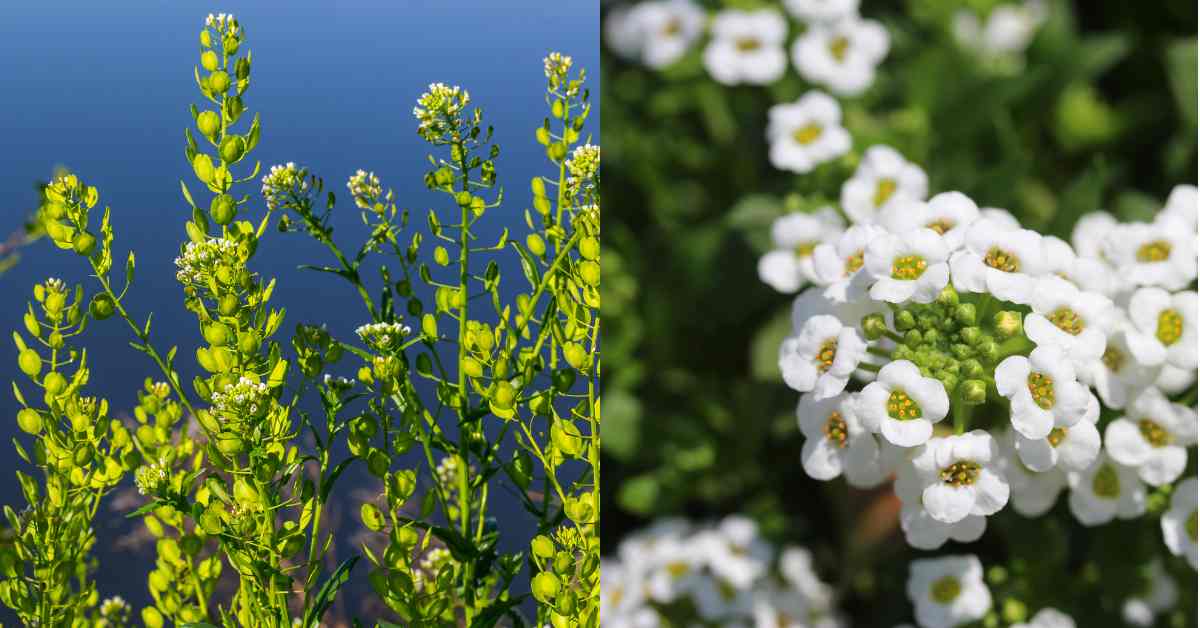
These plants can accumulate heavy metals in their tissues at high concentrations. Some examples of hyperaccumulator plants commonly used include Thalaspi Alyssum and sedum.
It can also absorb heavy metals such as zinc, cadmium, nickel, and copper from polluted soil and reduce the concentration of these heavy metals.
2. Grass or Plants Resistant to Pollution
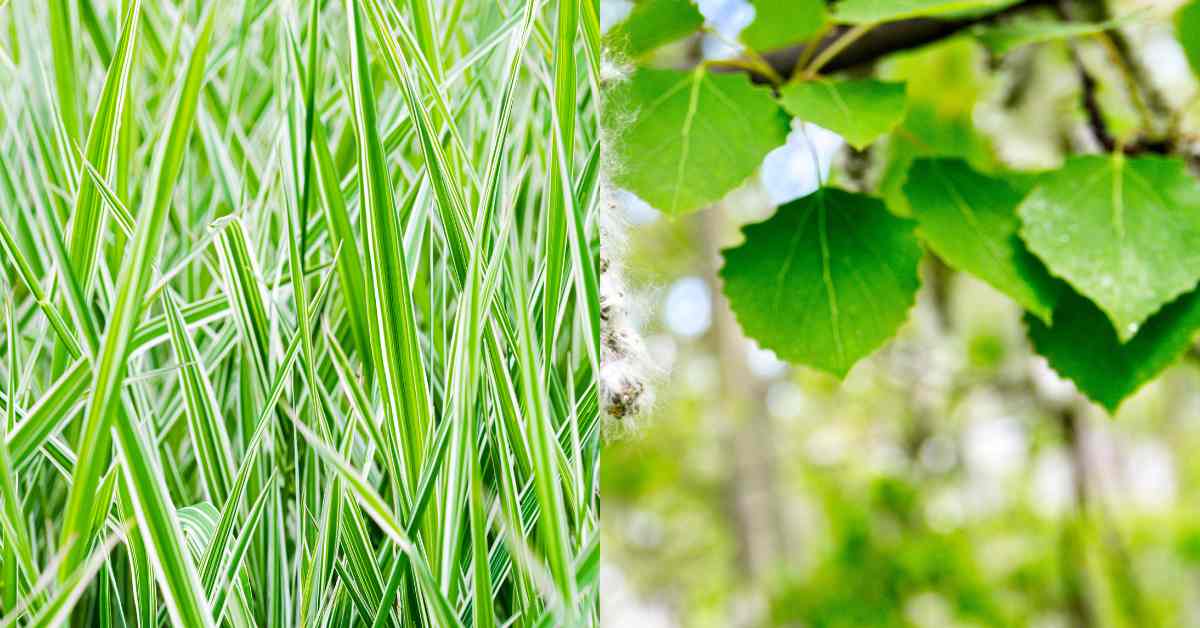
Several species of grass or pollution-resistant plants have a high tolerance for soil conditions polluted by heavy metals or organic compounds.
Examples include grass species reed (tall fescue) and perennial lily (perennial ryegrass), as well as plants such as salises (tree willow) and populus (tree poplar).
3. Rhizofiltration Plants
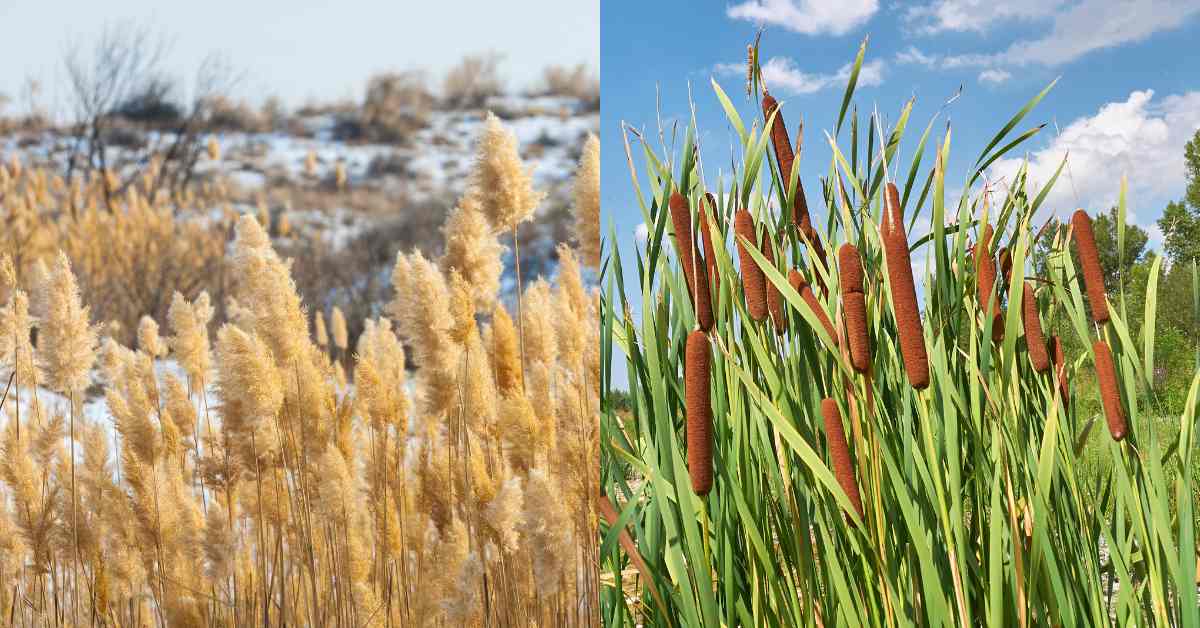
Some plants have strong root systems and act as natural filters to remove pollutants in groundwater.
Plants like Phragmites (water riddle), Typha(bulrush), and Schoenoplectus (club-rush) have dense roots. They effectively remove pollutants such as heavy metals, excess nutrients, or dissolved organic matter from water. Not all mining companies understand how to plan reclamation. Therefore, you should use the right consulting services to help.
SUCOFINDO is the answer to your problem. Our company can provide mine reclamation planning professionally. Of course, the stages are under government regulations and applicable standards.
If you and your company need further information regarding our services, contact us and discuss this, SUCOFINDO!





